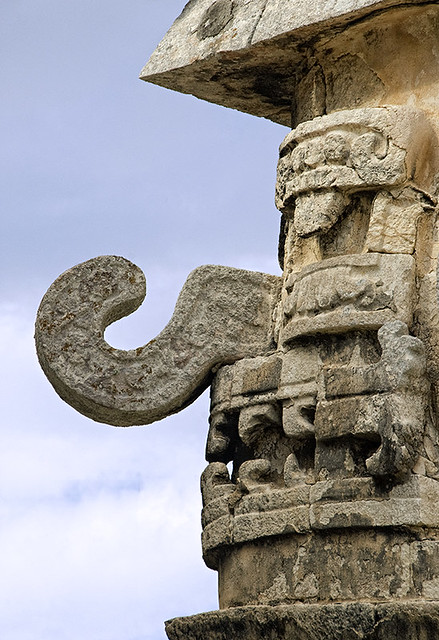I'd not really go with either.
Maybe I'd say that both look similar, but they're not really close to being meaningful.
Link maybe ?
?
Guessed something like that, thanks .
.
Maybe I'd say that both look similar, but they're not really close to being meaningful.
The Elephant was a popular symbol of Carthaginian coins (next to the Palm tree, it appears as the second most common motif). It also was the symbol used on coins issued by the Barcids (Hamilcar and Hannibal Barca) in Spain.
Link maybe
 ?
?Also, the coat of Arms of Austria:
http://en.wikipedia.org/wiki/Coat_of_arms_of_Austria
[...]
Look familiar?
Guessed something like that, thanks
 .
.




 .
.




 .
. I think that was already mentioned before.
I think that was already mentioned before. Only the whole symbol is a flowering quince; the flower motif inside is merely a karahana.
Only the whole symbol is a flowering quince; the flower motif inside is merely a karahana.








